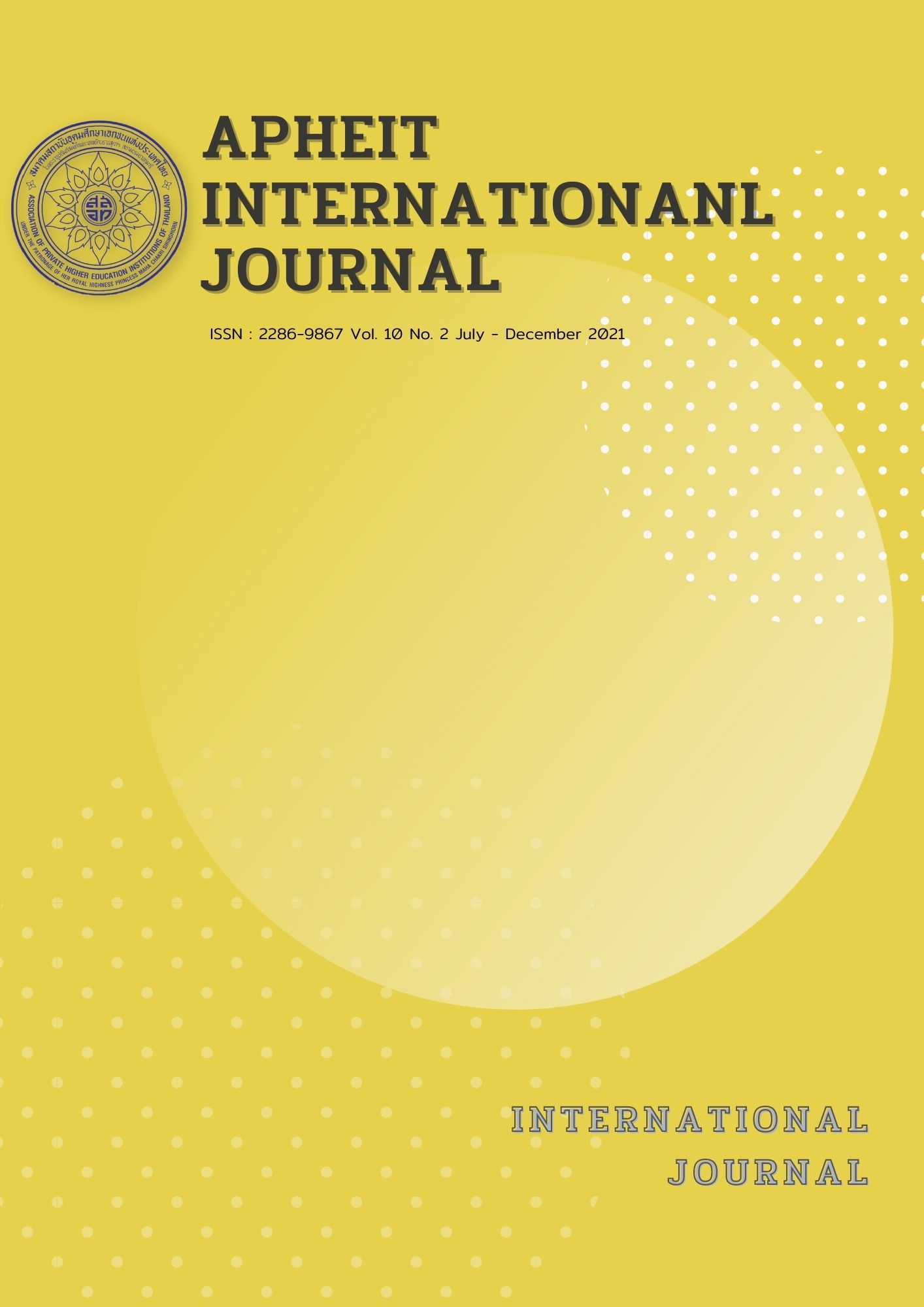Effectiveness of a Blended Learning Model for Teaching Chinese Listening Skills to Mathayom Suksa Four Thai Students
Keywords:
Blended learning, Students’ satisfaction, Chinese listening skillsAbstract
This mixed methods study aimed to investigate the effectiveness of a Blended Learning (BL) Model in improving Chinese listening skills and to evaluate satisfaction towards the blended teaching model of Mathayom Suksa Four Thai students. The experiment was conducted at Ratwittaya School in Term 1, from June to July, Academic Year 2021. The sample consisted of 31 students of Mathayom Suksa Four by purposive sampling. Achievement Tests, Satisfaction Questionnaires and Semi-structured Interviews were utilized as the research tools. The IOC result of the satisfaction questionnaire was 0.99 and that of the semi-structured interview was 0.84. The results of the pre-posttest indicated that the students performed better after the intervention. The mean score of the pre-test was 32.39 and the post-test was 36.16. The significant value of 0.0001(p <0.005) confirmed the effectiveness of BL Model. The results of the questionnaires showed that student satisfaction was found in all aspects with teaching quality, learning skills and learning experiences getting higher percentages than learning resources, learning environment and assessment and feedback. The semi-structured interviews revealed that the students were satisfied with blended learning with reasons such as friendly class atmosphere and freedom of discussion in groups. Besides improving the students’ listening skills, blended learning also developed the students’ 21st century skills such as self-directed learning skills and problem-solving skills. The results of this study showed that Blended Learning was an effective teaching approach for Chinese listening skill enhancement.





